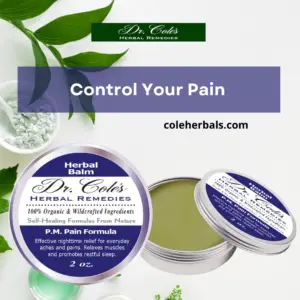China has been in the news for the last few years with stories of food producers using toxic or fake ingredients in their food such as plastic rice and fake green peas. And now some Vietnamese producers have been caught exporting shrimp injected with chemicals to make the product weigh more — yes, it is all about the money.
A video report shows one supplier using 30 chemical pumps to inject each shrimp with a combination of the following:
-CMC (Carboxymethyl cellulose)
-Gelatin
-Glucose
Why is this done? The shrimp ends up weighing more, bringing the vendor more money. For example, 1 kg (2.2 lbs) will weight about 1.15-1.2 kg after the injection. It also makes the shrimp “looks fresher,” according to the video. The fresh look allows the vendor to increase the price.
The facility worker confessed, “Every day I buy around 30-50 kg of shrimp. After I inject the substances, I sell them to seafood export companies in Ca Mau [Vietnam].”
“I have to do this because all local shrimp suppliers do this.”
The owner said the company buys the chemical CMC to inject shrimp with from China. Because CMC becomes a clear gel-like substance when dissolved in water, it matches the consistency of a shrimp’s body.
What is CMC?
The chemical in question, CMC or Carboxymethyl cellulose, is a “water-soluble anionic linear polymer” used as a food additive, as well as in pharmaceuticals and cosmetics.
CMC comes in different types: purified (food grade), technical grade and industrial. The food grade is 99.5% or higher, and is called cellulose gum. The FDA labeled it GRAS (Generally Recognized as Safe), however no new studies have been done since 1970s to confirm that it is indeed harmless. What we currently know is that consuming large amounts of CMC can potentially lead to diarrhea and abdominal cramps.
Unfortunately, we do not know that the CMC Vietnam gets from China is food grade. Knowing that this whole scheme is to make money, it is quite likely that many vendors will order the cheapest CMC they can find; industrial grade is twice cheaper than food grade, and it is 50-90% pure. It contains large amounts of sodium chloride and sodium glycolate. These two ingredients are not recommended for people with heart problems, high blood pressure, and sodium-sensitivity.
While not found to be toxic [newer studies are needed], it is hard to say how much CMC the person is consuming when eating this shrimp form Vietnam. And if it is injected with industrial grade CMC, people who are watching their sodium intake should be extra careful when eating shrimp.
Watch the video report:
Is the Shrimp Injected with CMC from Vietnam Sold in the U.S.?
In short, yes, it can be. Vietnam is the third biggest shrimp exporter in the world (after China and Thailand). If the injected shrimp slips past customs, it can be bought in the U.S.
It is also worth noting that Vietnam is a member country of the proposed TTP, a massive, pro-corporate power agreement disguised as a trade deal that activists have been fighting against for years (see the petition here; it may pass during an upcoming “lame duck” session in Congress).
If the TPP is allowed to pass, practices like these will become increasingly difficult if not impossible to stop, considering that companies will gain new rights to sue over lost profits and tribunals of corporate lawyers may become involved.
Is Shrimp from China or Thailand Better?
Almost 94% of all frozen shrimp sold in the U.S. comes from Asian countries.
More than half of imported shrimp may be contaminated with bacteria. Consumers Reports tested shrimp from Thailand, Vietnam, India and Indonesia, and found that 60% was contaminated with Salmonella, Vibrio, Listeria, or E. coli. All of these can cause serious and, on a rare occasion, life-threatening infections.
When buying from Thailand, you are also buying shrimp that may be produced using slave labor.
A 6-months-long investigation found out that companies use torture, wage-theft and beatings, The Washington Post reported.
This shrimp was found sold in Whole Foods, Dollar General and Petco, Wal-Mart, Kroger, and used in restaurant chains Red Lobster and Olive Garden.
Is There Any Safe Shrimp Out There?
All of this news might be disheartening for all shrimp-lovers. The best thing to do may be to find that 6% of shrimp that comes from other countries.
U.S. has a couple of shrimp producers. The Wood’s Fisheries on Florida, for example, refuses to use antibiotics or chemical additives and strives for the healthiest shrimp.
If you cannot find local shrimp in stores, you can actually order USA wild-caught shrimp on Amazon.
Make sure to check country of origin when you buy shrimp, avoid Thailand, and you will not consume unnecessary CMC or pay extra for it.
Thanks for installing the Bottom of every post plugin by Corey Salzano. Contact me if you need custom WordPress plugins or website design.





